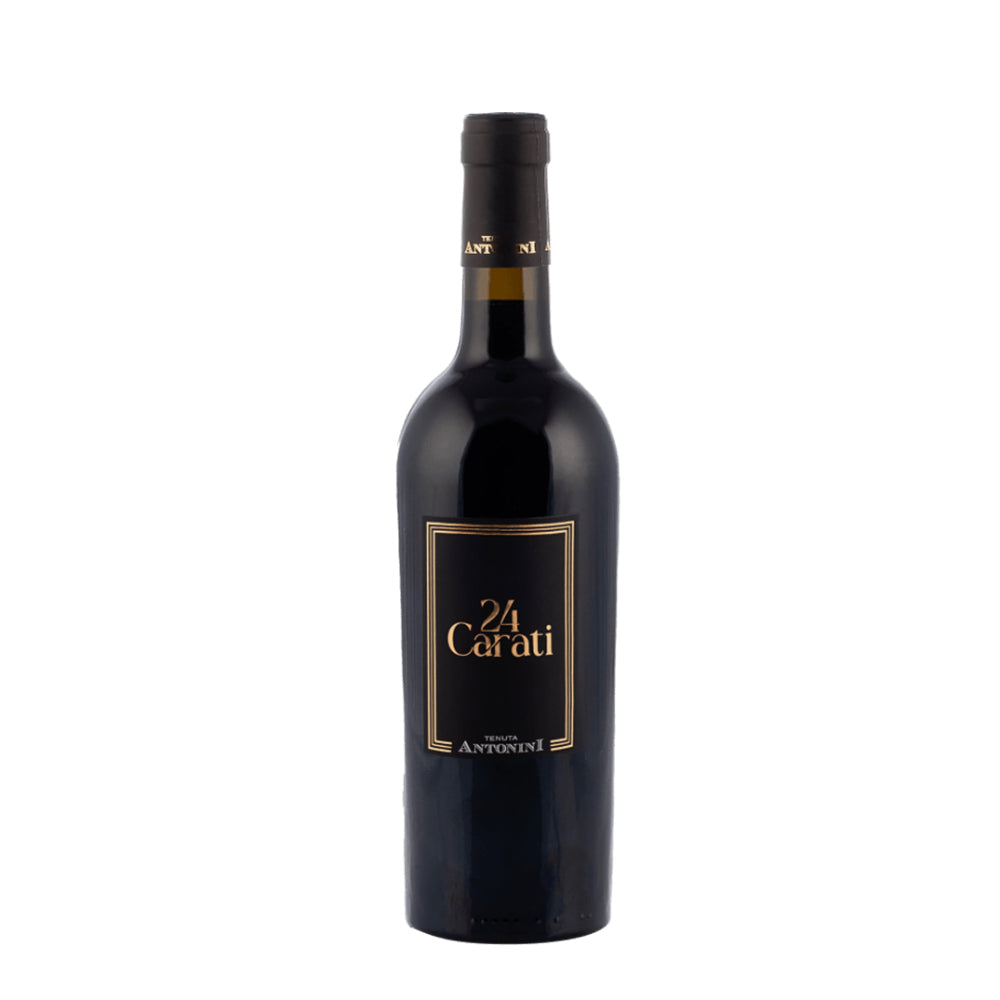A Sip through Time: Evolution of Italian Wines
The Remarkable Evolution of Italian Wines: Tradition, Innovation, and Global Excellence
Italy's wine heritage dates back over 4.000 years, with vines having been cultivated by the Etruscans, Romans, and later, medieval monks. Over the centuries, Italian wines have established a global reputation, but it’s in the recent decades that the quality of Italian wines has experienced a remarkable transformation. This modern renaissance is a result of advanced winemaking techniques, sustainability practices, and a focus on indigenous grape varieties, which has enhanced both the quality and the international reputation of Italian wines.
A Blend of Tradition and Innovation of Italian Wines
Italy is home to over 400 unique grape varieties, with regions like Tuscany, Piedmont, Veneto, and Sicily offering diverse wines that reflect their unique terroirs. Historically, the country's winemaking relied on tradition, with each region having its own methods. Wines like Chianti, Barolo, and Amarone have long been considered classics, but there was a time when Italian wines, faced criticism for inconsistency in quality, primarily due to outdated production methods and lack of regulation.
In the late 20th century, Italian winemakers began investing in modern technology and adopting stricter quality controls. This shift led to the classification system known as Denominazione di Origine Controllata (DOC) and Denominazione di Origine Controllata e Garantita (DOCG), ensuring high standards for Italian wines. Additionally, many producers began focusing on organic and sustainable viticulture, producing wines that are not only high in quality but also environmentally responsible.
The introduction of the “Super Tuscans” in the 1970s marked a pivotal moment in the improvement of Italian wines. Winemakers in Tuscany broke away from traditional DOC regulations and started blending local grapes like Sangiovese with international varieties such as Cabernet Sauvignon and Merlot. The result was a wave of premium wines that garnered critical acclaim worldwide, raising the bar for Italian wines.
The Rise of Premium and Niche Wines
In recent years, Italy has also embraced its vast array of indigenous grape varieties, which were once overshadowed by international varieties. Wines made from grapes like Nero d’Avola (Sicily), Nebbiolo (Piedmont), and Verdicchio (Le Marche) have gained global attention due to their distinctive flavors and aromas. The shift towards smaller family wineries and biodynamic production has contributed to a renaissance in wine quality, allowing consumers to explore new and exciting flavors that are deeply rooted in Italian history.
This evolution has led to an increase in the production of high-end wines, with Italy excelling in both reds and whites, as well as sparkling wines like Prosecco and Franciacorta. Italian wines are now synonymous with sophistication and diversity, offering a wide range of tastes for every palate.
Italian Wine Exports: A Global Success Story
The improvements in quality have not gone unnoticed by international markets. Italy is the world’s largest wine producer and a dominant force in wine exports. According to recent statistics, Italian wine exports have seen consistent growth over the past decade, with Italy exporting nearly 22 million hectoliters of wine annually, valued at over €8 billion. Major markets for Italian wines include the United States, Germany, the United Kingdom, and Canada, with the U.S. being the largest importer of Italian wines by value.
Prosecco, in particular, has become one of Italy's most successful wine exports, with demand soaring in markets like the UK and the U.S. as consumers seek sparkling wines for celebratory occasions and everyday enjoyment. Likewise, Italian red wines, especially those from Tuscany (e.g., Chianti Classico, Brunello di Montalcino), and Piedmont (e.g., Barolo, Barbaresco) are increasingly sought after by collectors and enthusiasts around the world.
Sustainability has also become a key selling point for Italian wines, as more consumers are looking for sustainable practices in vineyards and winemaking. Organic wine production in Italy has surged, with almost 20% the country is leading Europe in organic vineyards. This focus on quality, sustainability, and craftsmanship has solidified Italy’s position at the top of the global wine market.
The Future of Italian Wines
Looking ahead, the future of Italian wines looks bright. With continuous innovation, growing precision on quality control, and a strong push toward sustainability, Italy is set to maintain its status as one of the world’s leading wine producers. The country’s diverse selection of premium wines appeals to a wide range of tastes, ensuring its continued success on the international stage.
Buy Italian Wines
As Italian wines continue to improve in both quality and variety, the global demand for these exceptional products shows no signs of slowing down. Whether you’re a seasoned collector or a casual wine drinker, now is the perfect time to explore the rich heritage and exciting innovations that define modern Italian wines.
Discover our curated collection of Italian wines and experience the evolution of Italy’s winemaking tradition for yourself. Order it from our website have them delivered directly to your home.












Leave a comment